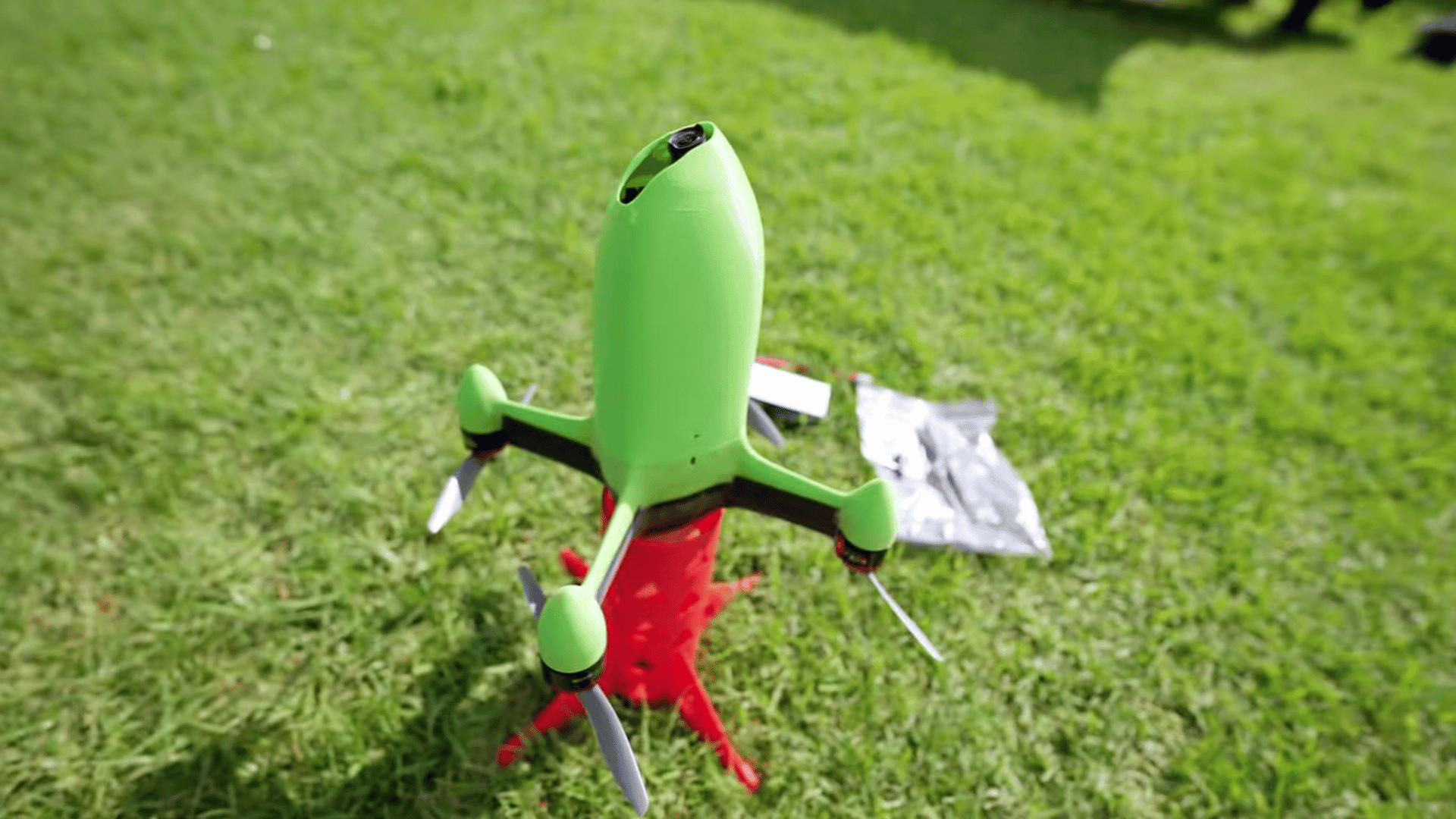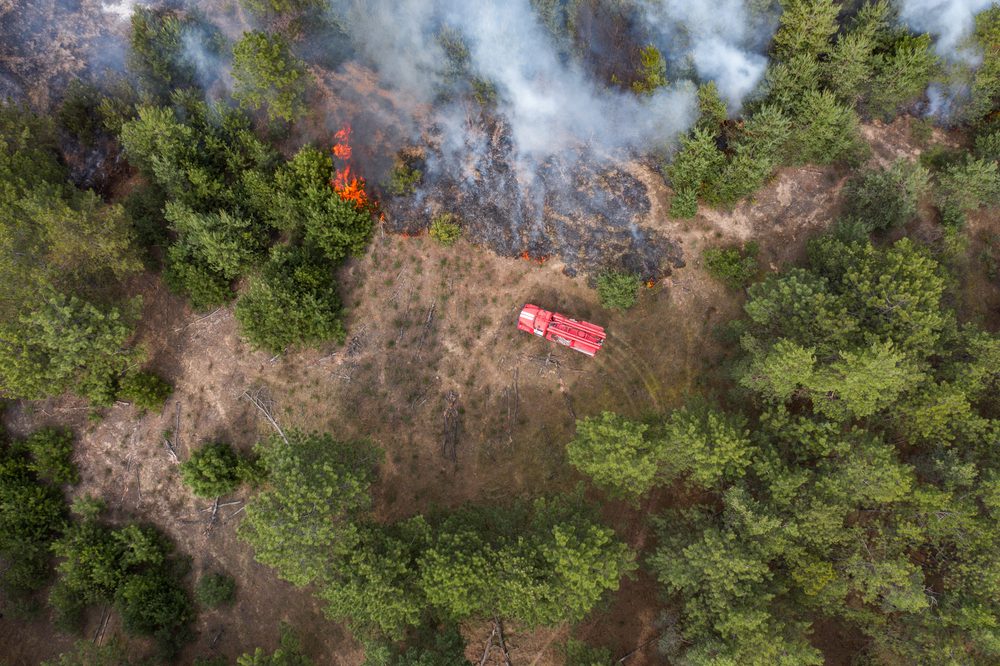A father and son team recently set a new Guinness World Record for the fastest quadcopter drone.

The designers, Luke and Mike Bell, built the remote-controlled Peregrine 2, which can fly at a speed of 298 miles per hour. According to Luke Bell, there was a significant amount of trial and error to overcome in the design process before getting their creation airborne.
One of the challenges was that the team lacked a proper wind tunnel to test out their various aerodynamic designs. Instead, they were forced to test their prototypes by holding them out of the open window of a car on the highway to see how it would handle increased wind speeds.
Explore Tomorrow's World from your inbox
Get the latest innovations shaping tomorrow’s world delivered to your inbox!
I understand that by providing my email address, I agree to receive emails from Tomorrow's World Today. I understand that I may opt out of receiving such communications at any time.
After finalizing their first design, the team installed the motor components, wiring, and propellers before subjecting the drone to its first test flight. Their first attempt failed, however, as they hadn’t solved the interior heat caused by the amount of electrical current flowing through the system. Since the temperatures reached as high as 266 degrees Fahrenheit, the drone’s wiring ignited.
When the Bells’ second design also burst into flames, the pair decided to “completely redesign the whole drone body,” according to Luke. After several more weeks of testing and design edits, they believed they’d finally designed a record-breaking quadcopter.
The Bells assembled multiple independent witnesses to view the flight, a Guinness World Record requirement. The drone flew four runs, with the fastest flights averaging 298.47 miles per hour. This is approximately 65 miles per hour over the previous world record holder.
Because the team also equipped Peregrine 2 with a camera to record its flights, the quadcopter broke the record for the world’s fastest camera drone.
“Three months of hard work, failures, and engineering would ultimately come down to a few seconds of high-speed flying,” said Luke in his video rundown.




